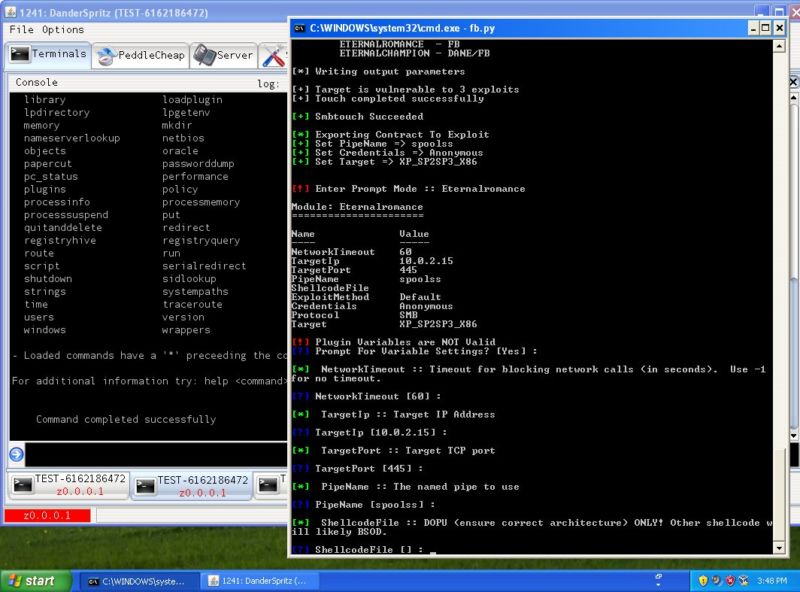
The Shadow Brokers—the mysterious person or group that over the past eight months has leaked a gigabyte worth of the National Security Agency's weaponized software exploits—just published its most significant release yet. Friday's dump contains potent exploits and hacking tools that target most versions of Microsoft Windows and evidence of sophisticated hacks on the SWIFT banking system of several banks across the world.
Friday's release—which came as much of the computing world was planning a long weekend to observe the Easter holiday—contains close to 300 megabytes of materials the leakers said were stolen from the NSA. The contents (a convenient overview is here) included compiled binaries for exploits that targeted vulnerabilities in a long line of Windows operating systems, including Windows 8 and Windows 2012. It also included a framework dubbed Fuzzbunch, a tool that resembles the Metasploit hacking framework that loads the binaries into targeted networks. Independent security experts who reviewed the contents said it was without question the most damaging Shadow Brokers release to date.
"It is by far the most powerful cache of exploits ever released," Matthew Hickey, a security expert and co-founder of Hacker House, told Ars. "It is very significant as it effectively puts cyber weapons in the hands of anyone who downloads it. A number of these attacks appear to be 0-day exploits which have no patch and work completely from a remote network perspective."
One of the Windows zero-days flagged by Hickey is dubbed Eternalblue. It exploits a remote code-execution bug in the latest version of Windows 2008 R2 using the server message block and NetBT protocols. Another hacking tool known as Eternalromance contains an easy-to-use interface and "slick" code. Hickey said it exploits Windows systems over TCP ports 445 and 139. The exact cause of the bug is still being identified. Friday's release contains several tools with the word "eternal" in their name that exploit previously unknown flaws in Windows desktops and servers.
Read More
Comments
Post a Comment